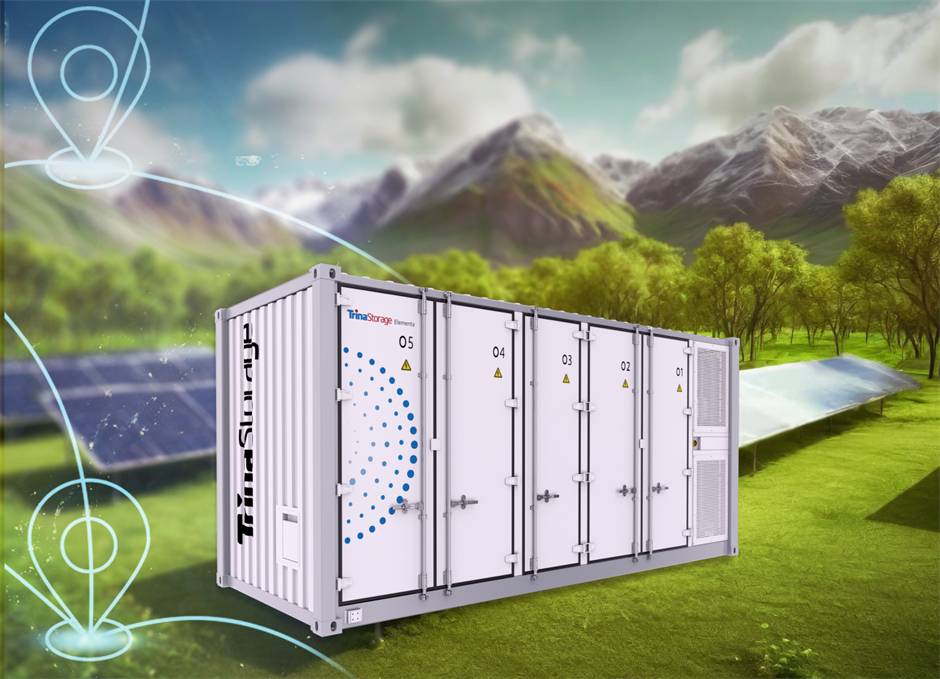2024 Energy Storage Outlook: Global Market Expansion & Installation Trends
- 24/03/02
- Energy Storage
As we charge into 2024, the global energy storage market is showing no signs of slowing as it reaches unprecedented heights, marking a pivotal era in the transition towards more sustainable and resilient energy grids worldwide.
As reported by Energy Storage News, analysis firm EnergyTrend has forecast that a “surge” in global large-scale energy storage system deployments is likely in 2024. Looking ahead in 2024, TrendForce anticipates the global energy storage installed capacity to reach 71GW/167GWh, marking a 36% and 43% year-on-year increase, respectively, and maintaining a robust growth trajectory.
However, in comparison to the remarkable growth rates of 115% and 133% seen in 2023, the growth pace of installed capacity has noticeably decelerated. Across continents, Asia and Europe continue to exhibit high growth, whereas the Americas are experiencing a slowdown. The most substantial growth is observed in the Middle East and Africa.
These key energy storage trend statistics not only reflect the industry's rapid expansion but also highlight the critical role of energy storage systems in enhancing grid stability and facilitating the seamless integration of renewable energies. This foundational shift is essential for meeting the rising energy demands while championing environmental sustainability and energy security.

Innovation trends shaping market expansion
The expansion of energy storage capacities is being propelled forward by a wave of technological innovations that are redefining the industry's capabilities and efficiencies. At the forefront, lithium-ion batteries continue to dominate due to their improving energy density, longevity, and decreasing cost profile. However, the mid-term horizon looks bright with the emergence of new alternatives such as solid-state batteries, flow batteries, and other advanced chemistries, offering enhanced safety, scalability, and environmental sustainability.
These technological advancements are not just expanding the market's capacity but are also driving significant improvements in system efficiencies and cost-effectiveness. Innovations in battery energy management systems, enhanced manufacturing processes, and materials science are contributing to more reliable and durable energy storage solutions. As these technologies mature, they promise to lower the barriers to entry, making energy storage more accessible and affordable for a broader range of applications and markets, thereby accelerating the global transition towards a more sustainable and resilient energy ecosystem.
Investment and economic factors
The energy storage sector is witnessing a significant influx of investments, driven by the growing recognition of its pivotal role in the global transition to renewable energy. Financial commitments from both public and private sectors are fueling advancements and deployments, highlighting the sector's robust economic potential.
On a broader scale, energy storage is becoming a cornerstone for local economies, creating jobs, fostering innovation, and ensuring energy security. However, the sector is not immune to global market dynamics. Supply chain bottlenecks and fluctuations in prices pose challenges, impacting the pace of capacity expansion and cost structures. This is a critical factor that Trina overcomes by investing in tighter control throughout the supply chain offering vertical integration to customers in major markets.

Policy and regulatory landscape
Governments and local authorities worldwide are recognizing the critical role of energy storage in achieving energy and climate goals, leading to the formulation of supportive policies and regulations. For instance, leading countries in energy transition, such as Germany and the United States, have implemented incentives, subsidies, and regulatory frameworks that encourage the adoption of energy storage systems.
Emerging markets, too, are adopting similar strategies, with nations like India and Brazil introducing policies aimed at bolstering renewable energy integration through energy storage. These initiatives are pivotal in creating a conducive environment for energy storage deployment, driving market growth and technological innovation.
Strong emerging markets
While initially concentrated in a few leading markets like the United States, China, and parts of Europe, utility-scale battery storage is rapidly expanding into emerging markets in Asia, Africa, and Latin America. These regions are experiencing growing energy demand and are looking to renewable energy and storage solutions to meet their needs sustainably.
As the primary drivers of global growth; China, the United States, and Europe are expected to commandeer 84% of new installations in 2024, continuing to spearhead the global surge in energy storage market demand. Asia-Pacific and Europe demonstrate consistent growth in installed demand, while the Americas experience a slight decline. The Middle East and Africa emerge as robust growth performers, fueled by their low installation base and impending grid connection projects.

Conclusion
Looking ahead, the future of energy storage is bright, with technological advancements and market growth. Trina Storage remains committed to leading this charge, innovating and expanding our solutions to meet the ever-growing energy demands sustainably and efficiently.
Relevant Topics
Smart Energy Solutions
delivered straight to your inbox

